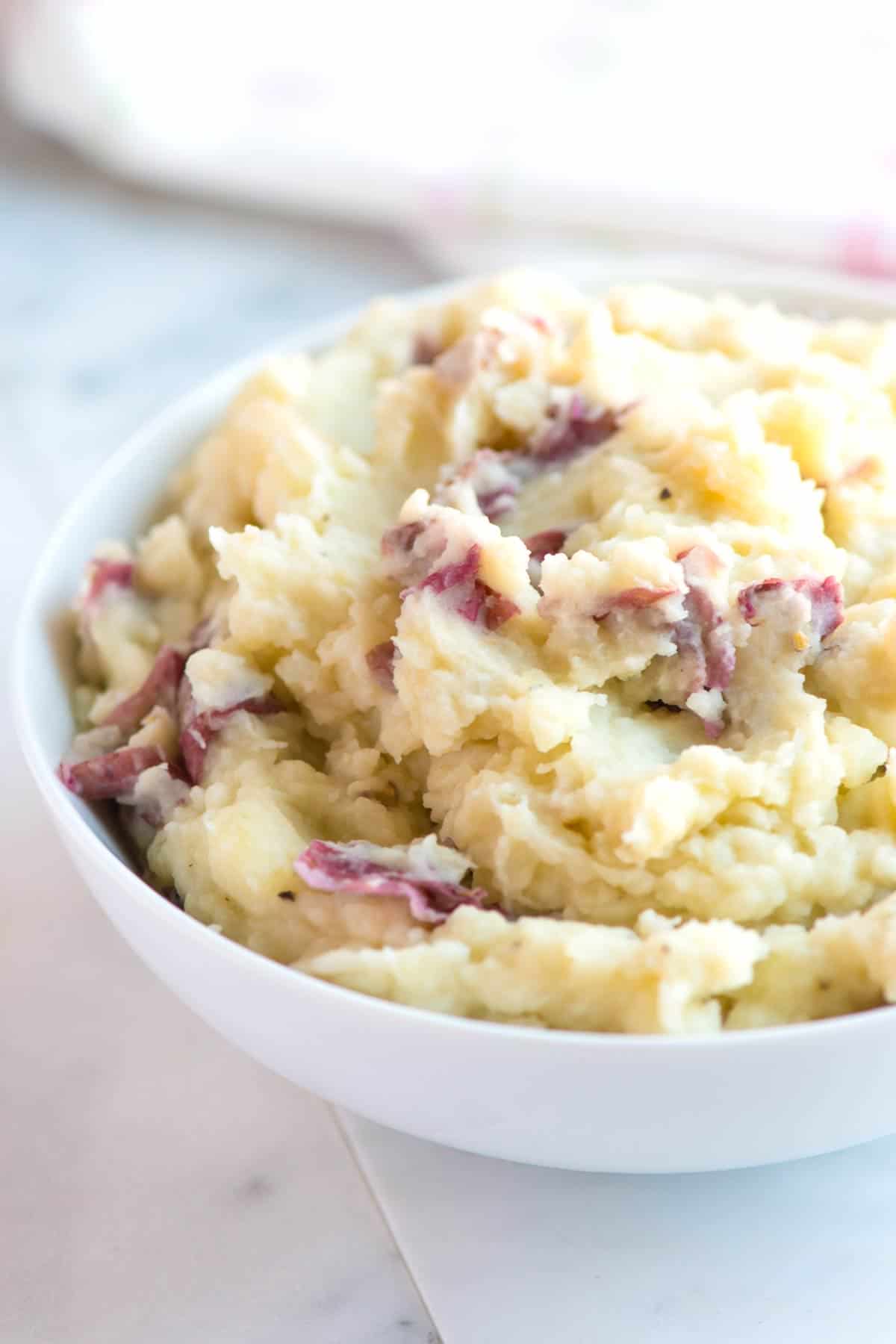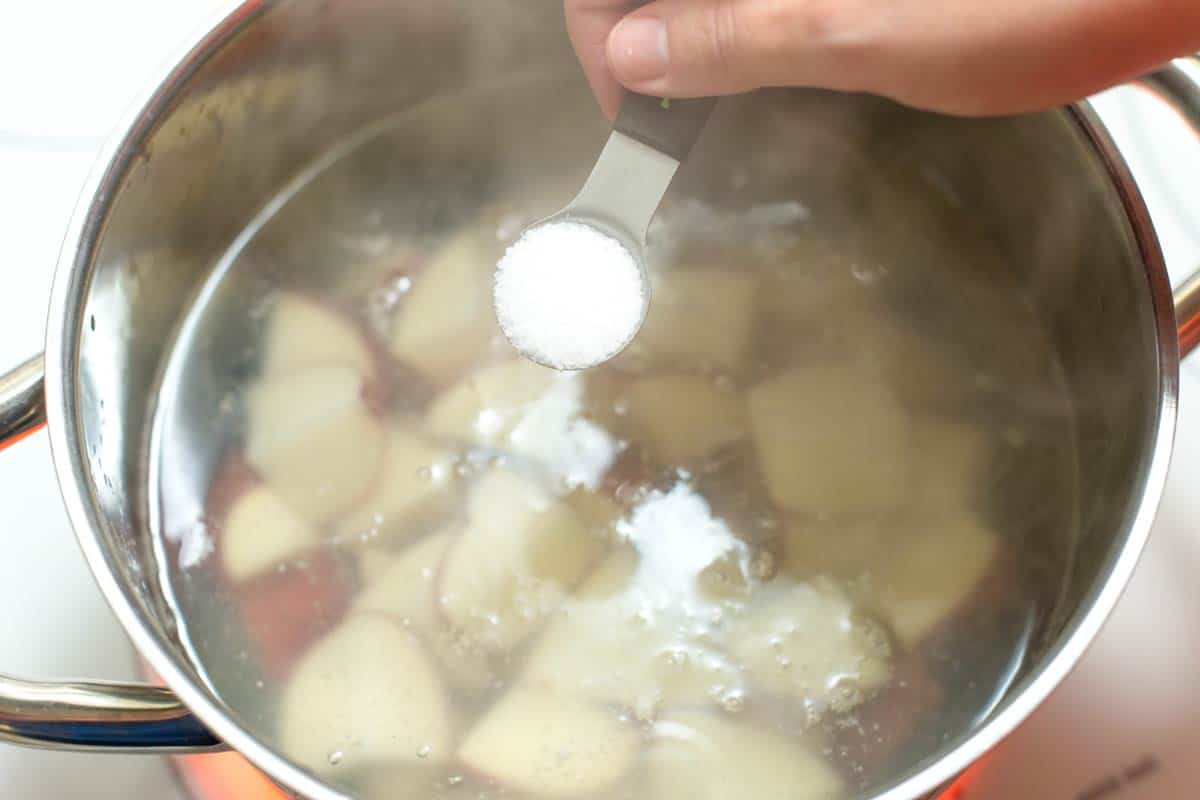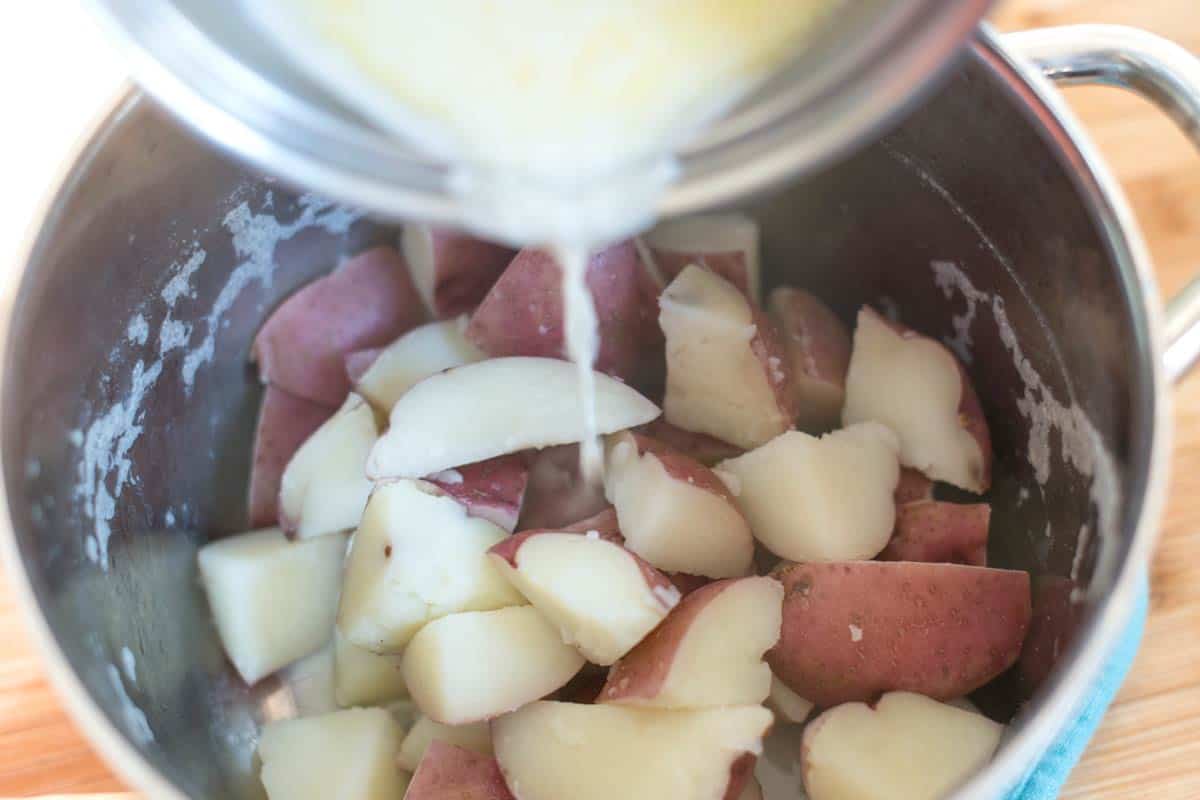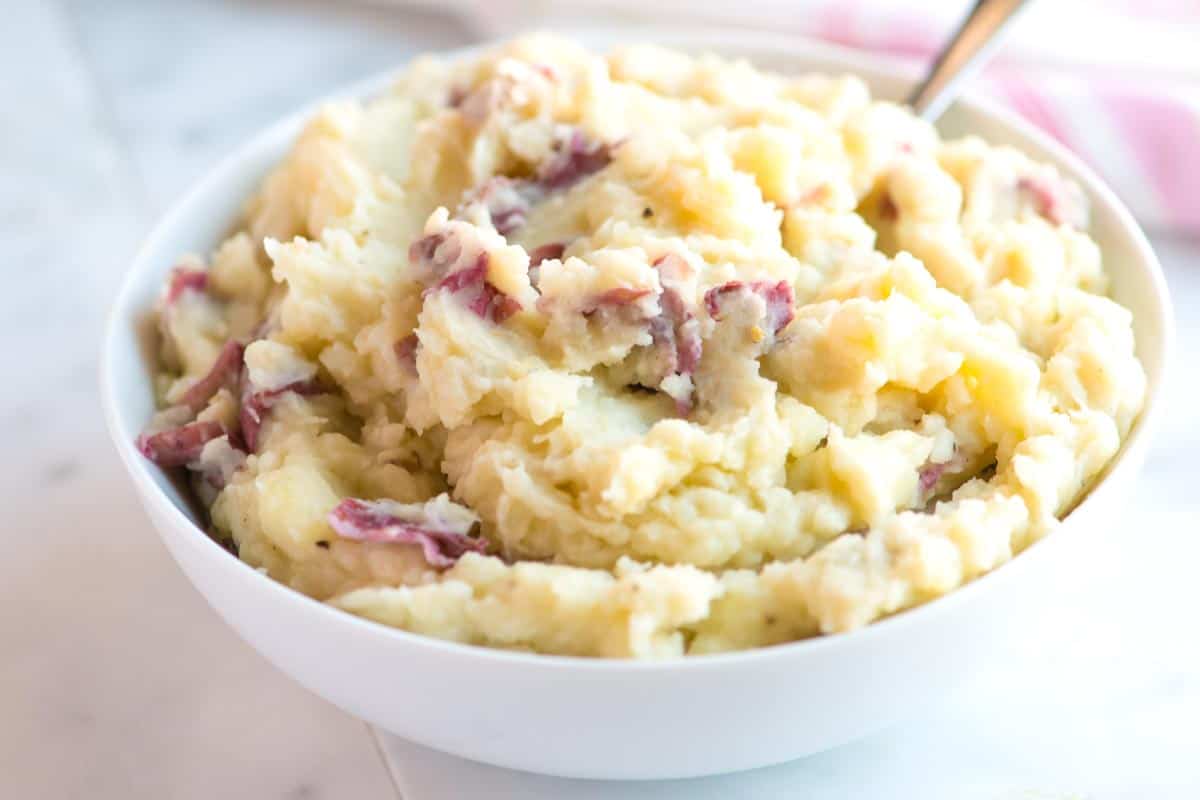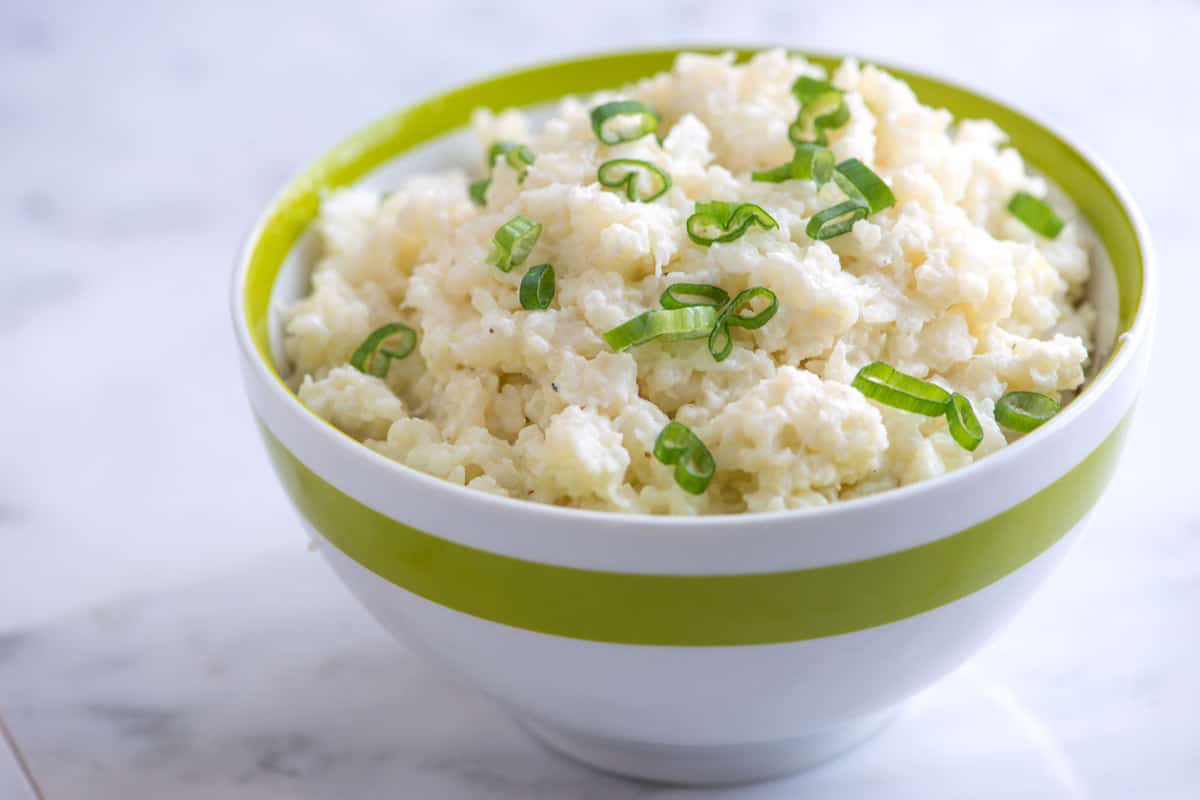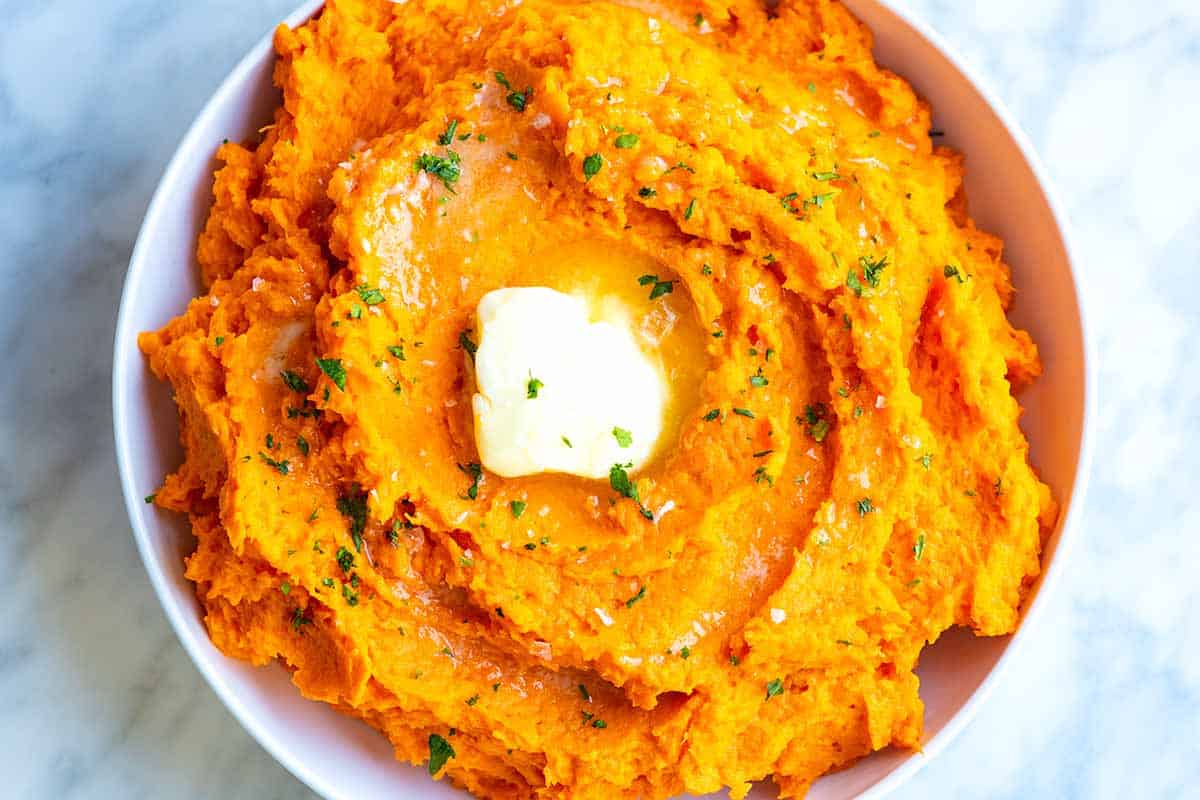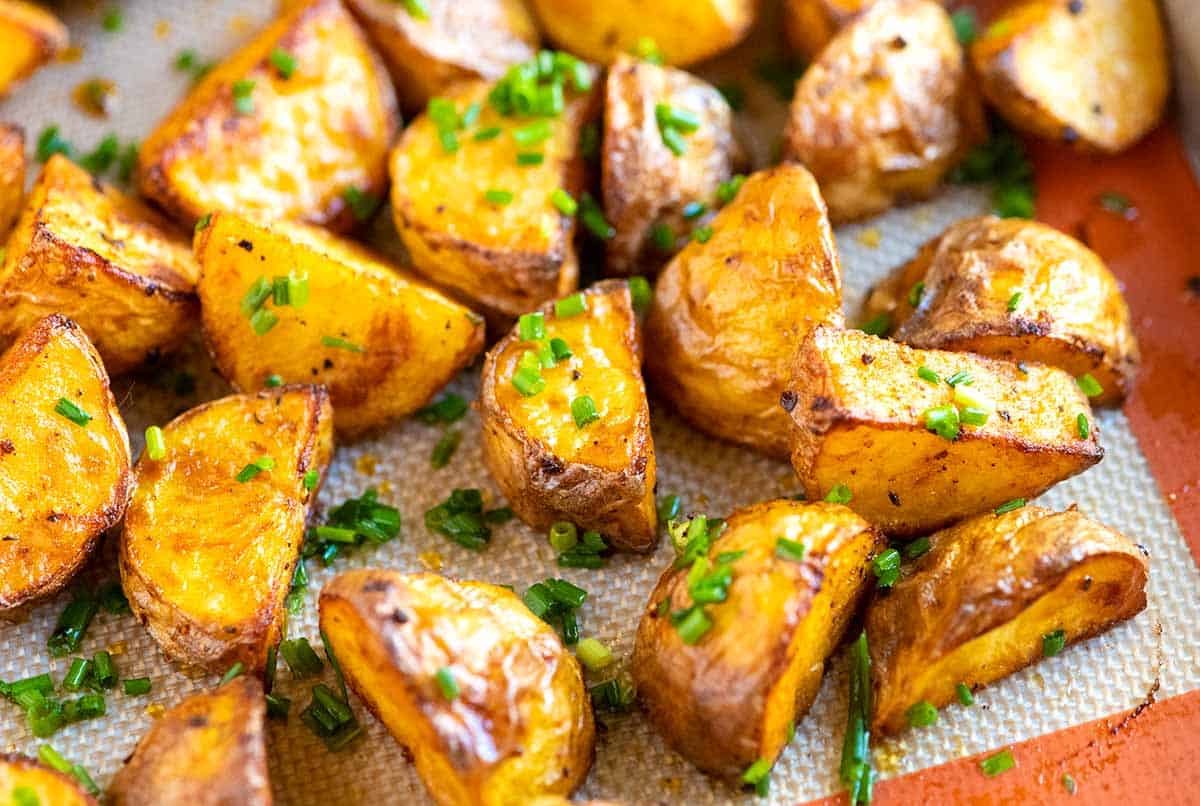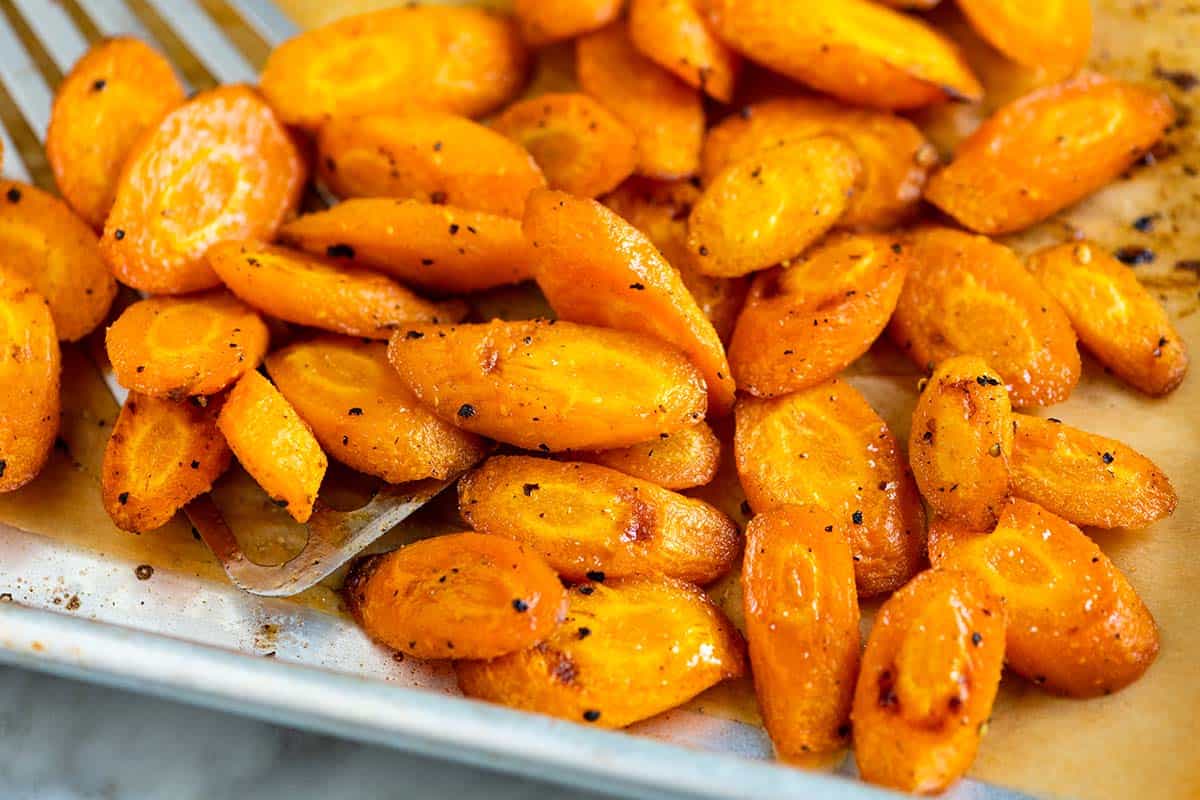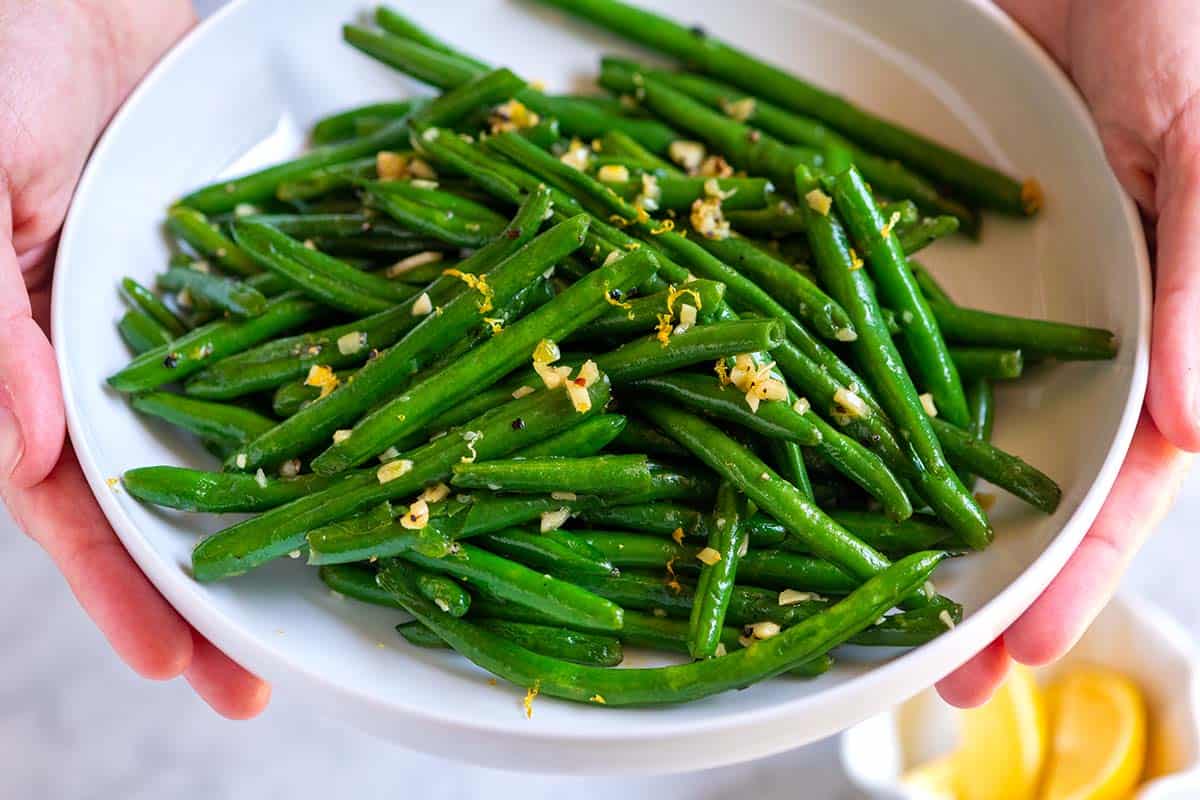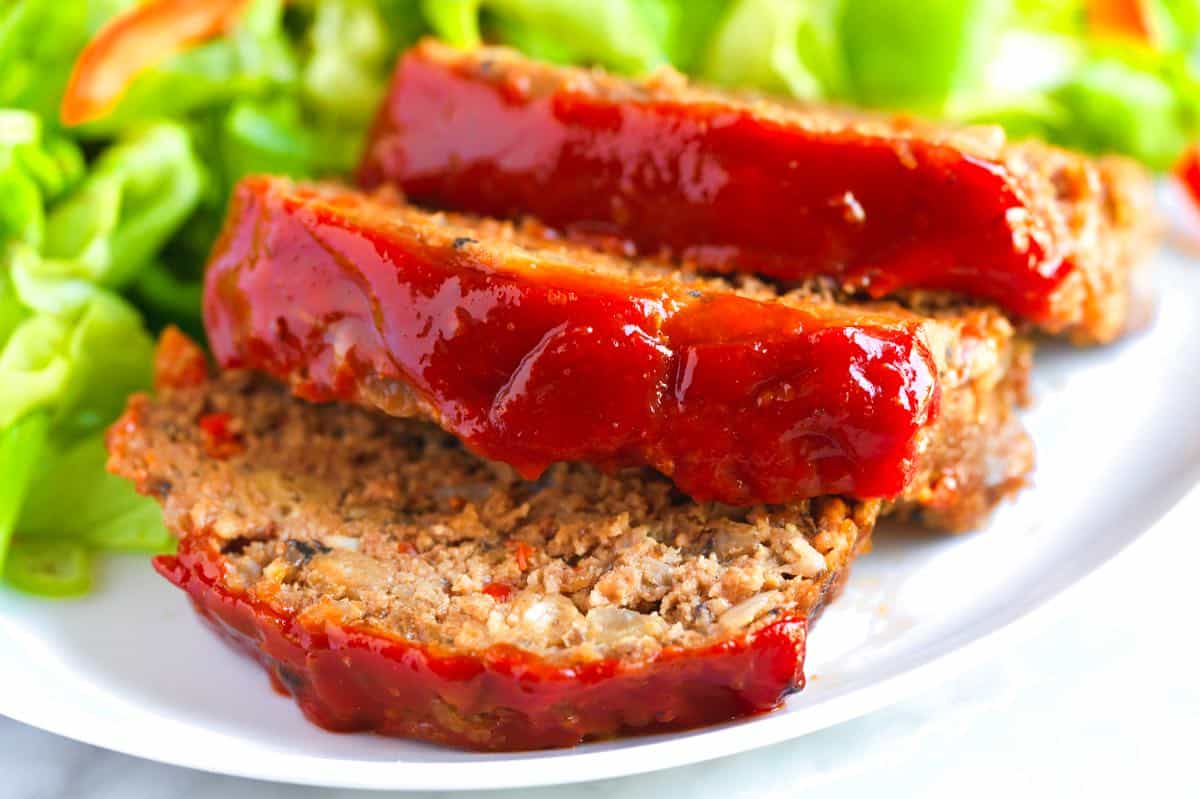My family loves homemade mashed potatoes. Our mashed potatoes recipe changes slightly depending on who makes it. Adam uses unpeeled potatoes for skin-on mashed potatoes, and I usually peel them. You can use either in our mashed potatoes recipe below! To use sweet potatoes, see our savory mashed sweet potatoes.
Key Ingredients
Potatoes: The secret to the creamiest, most delicious mashed potatoes is to use the right potatoes. Thin-skinned potatoes like creamers, baby potatoes, and Yukon Gold are the best potatoes for mashing. Small yellow, white, or red potatoes are perfect. Russet potatoes are fine for mashed potatoes, but I prefer to peel them. Mashed potatoes made with Russets will be lighter and more fluffy. Milk or broth: I love equal parts milk and chicken broth, but use what you have. The broth adds flavor, and the milk keeps them creamy. Butter: I’m generous with the butter in my mashed potatoes and love the flavor it adds to our potatoes. You can use olive oil to substitute the butter, which tastes different but very delicious. Cream: It is optional, but when I have it in the fridge, I love adding a small splash of cream to make my mashed potatoes extra creamy and luxurious. When I don’t have cream, I love a dollop of sour cream or mascarpone cheese.
How to Make Mashed Potatoes
When making mashed potatoes, I cut them into chunks, and then simmer them in salted water. Medium chunks (1 to 2 inches) work well and take about 15 minutes. Similar to seasoning pasta water, use salted water to cook your potatoes. The seasoned water makes the potatoes taste better. I use 1 tablespoon of salt for a large pot of water. Simmer your potatoes until fork tender. I know my potatoes are ready for mashing when a fork can easily pierce them. Cooking them longer will make them too soft and sticky. Then, after draining, return the cooked potatoes to your saucepan and cover with a clean dishtowel for about 5 minutes to help absorb excess moisture that can make mashed potatoes watery. Use a potato masher or food mill to mash potatoes. Then stir in your milk or broth and butter. I like adding softened (or melted) butter. To make the mashed potatoes extra creamy, add a splash of cream. You can even add extras like roasted garlic, fresh chives, scallions, shredded cheese, and crumbled cooked bacon.
Storing Homemade Mashed Potatoes
Homemade mashed potatoes can be stored in an airtight container in the refrigerator for up to 3 days. To freeze them, let them cool completely, then place them in a freezer-safe, airtight container. Freeze for up to 3 months. Thaw in the refrigerator overnight before reheating. To reheat mashed potatoes, do so in the microwave or on the stovetop over low heat. Consider adding an extra splash of milk or cream before reheating to prevent them from drying out.
What to Serve with Mashed Potatoes
I can eat these mashed potatoes without anything else on the plate. They are fantastic with homemade gravy on top. I love them with roasted chicken, pork chops, and pork tenderloin. Mashed potatoes are classic with meatloaf (or this turkey meatloaf). Every Thanksgiving, you’ll see these mashed potatoes with turkey gravy, amazing mushroom stuffing, and roasted garlic on the table. And just in case you need one, here’s my favorite roast turkey recipe! Salt 1 cup (235ml) whole milk or broth, try homemade chicken broth 3 tablespoons (40g) butter or olive oil 1/4 teaspoon fresh ground black pepper Splash of cream or a dollop of sour cream, optional 2Add the potatoes to a large saucepan, add a tablespoon of salt, and cover with water. Bring to a boil over medium-high heat, then reduce to a low simmer. 3Cook until the potatoes fall apart when pierced with a fork, 15 to 20 minutes. 4While the potatoes cook, heat the milk, broth, and butter in a small saucepan over medium-low heat until warm and the butter melts. 5Drain the potatoes, return them to the pot, and cover them with a clean dishtowel. Leave them for about 5 minutes to absorb excess steam that can make mashed potatoes watery. 6Pour in the warm butter mixture, and then mash the potatoes until creamy. The potatoes seem thin at first, but they absorb the liquid after a minute or two. Stir in the pepper and splash of cream (optional). 7Taste for seasoning and adjust with additional salt and pepper. Let stand for 5 minutes so the potatoes thicken, then serve.

